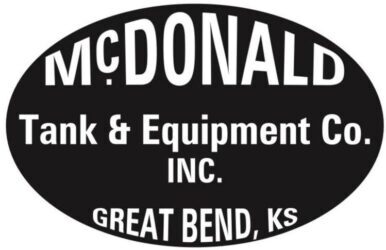Introduction:
In the realm of efficient livestock management, water plays a pivotal role in ensuring the well-being and productivity of animals. As agricultural practices evolve, so too do the tools and technologies that support them. One such innovation that has gained prominence in recent years is the use of fiberglass tanks for livestock water storage. These tanks offer a range of advantages, from durability and longevity to ease of maintenance and environmental sustainability.
Durability and Longevity:
Fiberglass tanks have emerged as a durable alternative to traditional materials like metal or concrete. The composition of fiberglass, consisting of reinforced plastic fibers embedded in a resin matrix, provides exceptional strength and resilience. This durability ensures that the tanks can withstand the rigors of outdoor use, including exposure to harsh weather conditions and the corrosive effects of various water additives.
The longevity of fiberglass tanks is a testament to their ability to resist corrosion and deterioration over time. Unlike metal tanks that may succumb to rust, or concrete tanks that can crack and leak, fiberglass tanks maintain their structural integrity for extended periods. This longevity not only translates to cost savings for livestock farmers but also contributes to sustainable agricultural practices by reducing the need for frequent tank replacements.
Ease of Maintenance:
Livestock farmers often face time and labor constraints, making ease of maintenance a crucial factor in choosing water storage solutions. Fiberglass tanks shine in this aspect, requiring minimal upkeep compared to traditional alternatives. The smooth and non-porous surface of fiberglass inhibits the growth of algae and bacteria, reducing the need for frequent cleanings.
Furthermore, the lightweight nature of fiberglass makes installation and relocation of tanks more manageable. Livestock farmers can easily reposition tanks as needed to optimize grazing patterns or facilitate pasture rotation. This flexibility not only enhances the efficiency of livestock management but also contributes to improved land utilization.
Environmental Sustainability:
In an era marked by increasing environmental awareness, the choice of materials used in agricultural practices has come under scrutiny. Fiberglass tanks present an environmentally sustainable option due to their recyclability and low ecological impact. The production of fiberglass involves fewer natural resources compared to traditional materials like concrete or metal.
Moreover, the recyclability of fiberglass aligns with the principles of a circular economy, minimizing waste and reducing the environmental footprint associated with livestock water storage. As the agricultural sector seeks ways to become more sustainable, the adoption of fiberglass tanks represents a step towards environmentally conscious farming practices.
Conclusion:
Livestock fiberglass tanks stand as a testament to the ongoing evolution of agricultural technologies. Their durability, longevity, ease of maintenance, and environmental sustainability position them as a superior choice for livestock water storage. As livestock farmers navigate the complexities of modern agriculture, embracing innovations like fiberglass tanks not only enhances operational efficiency but also contributes to a more sustainable and resilient agricultural future.
